Have you ever received an email response that surprised the heck out of you? How did the recipient interpret your email that way? The answer could be your writing tone.
The wrong tone can cripple credibility and destroy relationships before you have a chance to explain (or apologize).
The following shares 5 scenarios that may hit the wrong tone and how you can fix them. Check out Creating the Write Tone below for free downloads to help you strike the write tone.
#1 – The Confidence Game
Do you wonder why so many people fall for obvious scams? According to Maria Konnikova, author of The Confidence Game: Why We Fall for It…Every Time, people want to believe and are inclined to trust.
Hopefully, your intent is not to scam your customer. However, a confident tone persuades people to trust you know what you are doing. And that could lead to sales.
Weak content chips away at the confidence a buyer has in your product.
The Namby-Pamby Email Pitch
A More Confident Approach
Why it Works
We all had to start somewhere. Remember the first time you contacted a potential customer for your new business or job?
Despite 30-plus years in my specialty, marketing as a new business owner was scary stuff. However, if you stack the deck in your favor, confidence will follow.
As the above graphic illustrates, try incorporating the following three tips.
- Do your homework – The more you know about the person and his or her business, the more confident you will feel.
- Make it about them – When you pepper your writing with “I…I…I,” it smacks of a desperate “look at me” lack of confidence. Focus on the prospect and providing a benefit to their business.
- Be professional – You do not have to be overly stiff and formal. However, a too casual approach (particularly in a first encounter) may backfire by shaking the prospect’s confidence in your experience.
Yes, I realize that last point may be my boomer self talking. But I recommend saving the overly casual tone until after you know them better – and only if it fits their style.
The flip side of a confident tone is overconfidence. Make sure your writing tone does not tiptoe into the side of arrogance or preachiness.
- That kind of tone prompts potential customers to respond with scathing remarks
- Even if only to themselves or to the printed words
- As they quickly move past your content
Instead of…
We have over 50 years of experience. We know what works and what doesn’t. We can quickly identify what is not working for your business and how to fix it.
Try this…
Let’s discuss your business operations and what is not performing as well as you would like. We will be happy to share our approach with clients who faced similar challenges. We will work with your team to discover the best alternatives for improving your overall performance.
#2 – The Negative Note
The wrong writing tone is sneaky. It sneaks into your business writing even when you think what you have created sounds perfectly fine.
A negative writing tone is the sneakiest of all. Sure, there are plenty of times negativity all but screams from words carelessly posted. But the sneakiest ones are those that are more subtle. Let me give you examples of what I mean.
Not What You Intended
Example 1: Because you did not leave your phone number, I couldn’t call you back as you requested.
Example 2: The project has been delayed because we did not receive the correct data.
A Positive Spin
Example 1 Fix: I would be happy to correct the problem you had with your order. Please share your phone number so I can call you back to discuss your options. I look forward to resolving this for you.
Example 2 Fix: Please forward the XYZ data to my attention and upon receipt we will immediately start the project. Thank you for your assistance.
Sometimes, you need to send a negative message (such as an applicant who did not get the job). However, you can put a positive spin even on a negative message.
Picture this scenario. Maggie applied for a position at a company she was dying to work for. She had three rounds of interviews, the last interview with the company CEO. She was on pins and needles waiting for a call back. Then Maggie received the following letter in the mail.
Can you spell canned?
Seriously? This is the best they can do after multiple interviews?
This message insults the candidate on so many levels.
- A canned response that did not even customize the letter with the candidate’s name.
- No explanation as to why they came to this decision
- A lack of gratitude for the time invested or a recognition of the candidate’s skills that earned multi-level interviews
Try This…
What works
- Showing respect by calling Maggie first, then following up with a letter
- Recognizing Maggie’s skillset and keeping the door open to future opportunities
- Thanking her for her time and wishing her well
 #3 – The Phony Fawning
#3 – The Phony Fawning
Your writing tone can be the difference between polite and patronizing, even when you meant no harm.
- Has this happened to you?
- Your boss starts out with a compliment about your work.
- Then wham!
“John, you are always so good with the details of a project. It really is one of your greatest strengths.”
John braces for what comes next.
“That’s why I was surprised you dropped the ball on the Sheridan project. The product they received was five days late. They were not happy.”
John thinks, “Uh, thanks.”
I used to call instances like this, spotting the manager tricks. If you develop a pattern of addressing a problem by starting with praise, followed by criticism, staff is sure to pick up on it.
Try This…
Give it to them straight.
- Provide the feedback.
- Then offer something constructive.
- Again, make sure it’s constructive and not condescending.
“John, the director from Sheridan told me the last product delivery was five days late. Do you know why that happened?”
John responded that he was notified by the carrier that there would be a delay due to bad weather in the East.
“That happens. Next time, contact the client to let them know about the delay so they are not caught off guard.”
Other examples of an insincere or patronizing tone include:
- “Dumbing” it down to the point of explaining the obvious
- Sounding like a parent chastising a child – You can do better than that
- Expressing surprise when someone does something positive – wow, that is a good idea (TIP: Simply removing the word, wow, can change the tone)
In the last point, you may have sincerely thought it was a great idea. But remember, it’s in writing. Think about how many times someone misinterpreted what you wrote.
Interpretation of the writing tone is in the mind of the reader.
Your readers are very astute at spotting a phony tone. Keep it real when creating your business content.
#4 – The Not-So-Nice
One thing I have never understood since starting my business in 2008, is how someone thinks nasty comments attract business. And not the ones you think are in a personal setting (flawed thinking for anything posted online).
Mind Your Business
Individuals sprinkle the not-so-nice posts throughout networking platforms, industry forums, and other business-related settings.
- My specialty is in insurance and employee benefits
- I’ve witnessed some heated discussions
- On the same platforms where the poster shares space with prospects
What prospect is going to want to do business with a name-calling, unprofessional company representative?
Innocent (?) Ignorance
How many times have you seen a story about someone who was fired because of something they posted on a personal account? Or been denied a job because of the posting?
If scammers and Murphy’s Law has taught us anything, it’s nothing posted online is private.
The not-so-nice writing tone should be obvious. It’s also the simplest fix – DON’T HIT SEND.
#5 – The Discriminating Whisper
The enough is enough global mood ripped the band aid off the last of our screeching writing tones.
Discriminatory language steeped in bias or prejudice against any individual factor (such as race, gender, ethnic group, sexual orientation, religion, or age) is being called out.
This white person has been appalled at some of the stories shared by anti-racism writers, such as Sharon Hurley Hall, Lisa Hurley, Madison Butler, or Teressa P.
It’s not that racism surprised me. It’s how “acceptable” it is to spew so much ignorance and hatred through posted comments or in everyday work settings.
Check out what has been going on at networking platform, LinkedIn.
Miscast Stereotypes
Do you know the origin of the term, stereotype?
 Printers (the human kind) used metal stereotype plates as molds that were used over and over for printing multiple pages.
Printers (the human kind) used metal stereotype plates as molds that were used over and over for printing multiple pages.
- That’s a good visual for the discriminatory version of the word.
- Picture a pre-formed stamp with the same image that you stamp over and over.
- People stereotypes are like that stamp.
But think about it.
Do you really know any group of individuals that are exactly the same based on their race, gender, age, or some other category?
Creating the Write Tone
The following download tools can help you get started on checking the tone of your business writing.
- Positive Persuasive Words for Business Writing – to assist you in a confident, positive tone, try some of these words on for size.
- Alternative Words to Correct Biased-sounding Writing Tone – check your content for potentially biased-sounding words or phrases, such as those listed in this document.
The Finishing Touch
Incorporate a review of your writing tone as part of your editing process. Search for those sneaky undertones and blaring bellowers.
The right tone shows professionalism, respect, and basic courtesy.
What other ideas do you have for hitting the right note? Please share your tips in Comments.
====================
Helping you Keep it simple, clear & uniquely yours
=====================

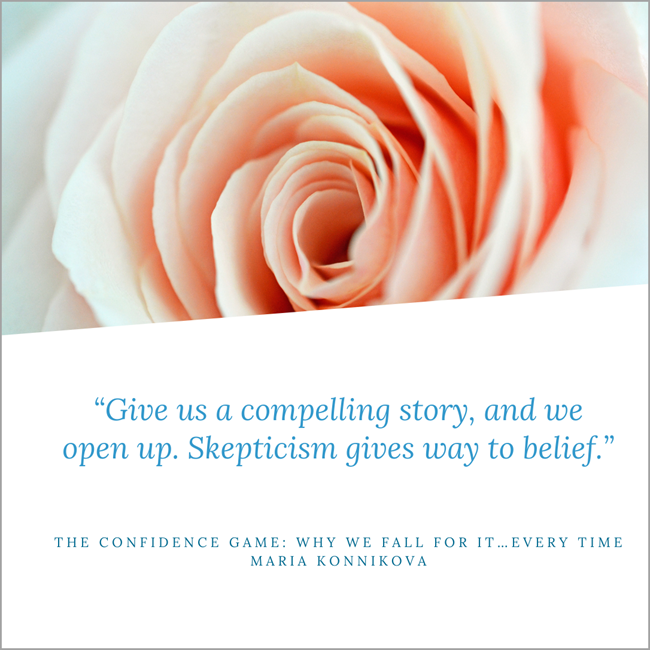
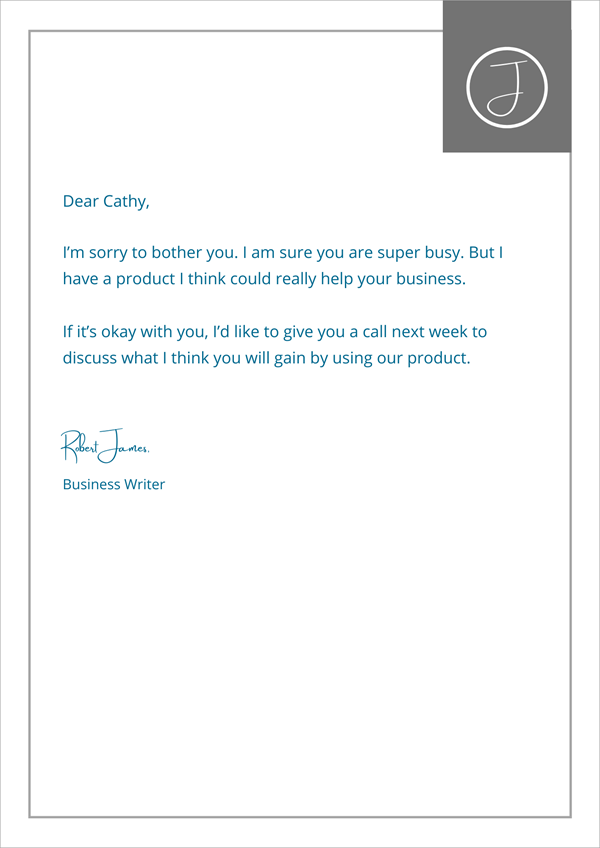

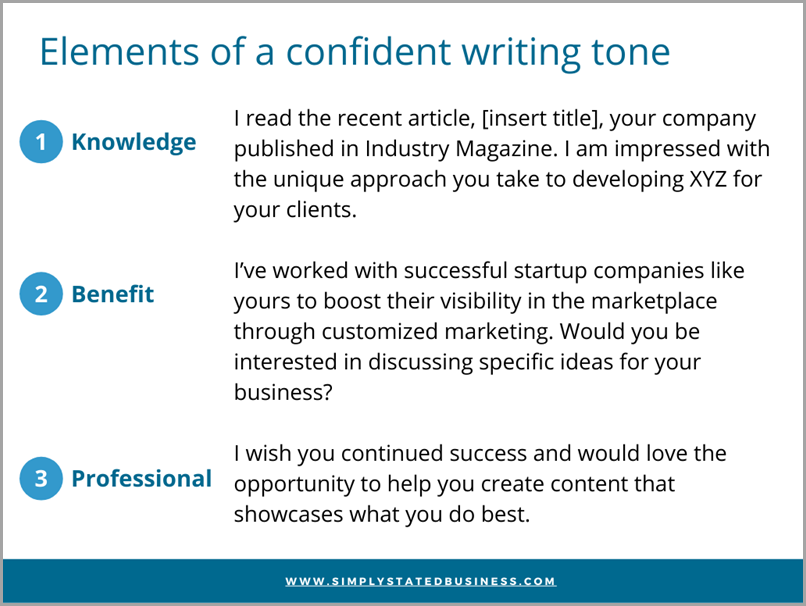
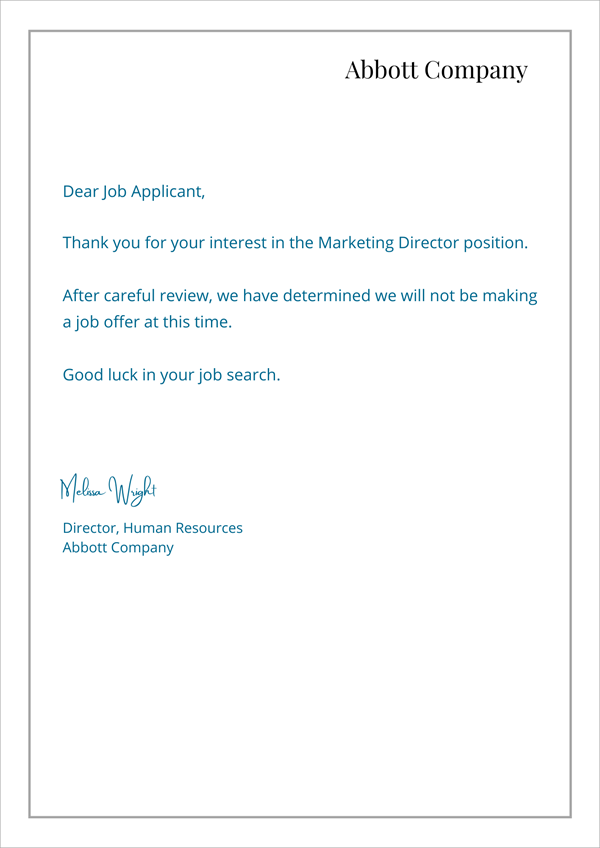
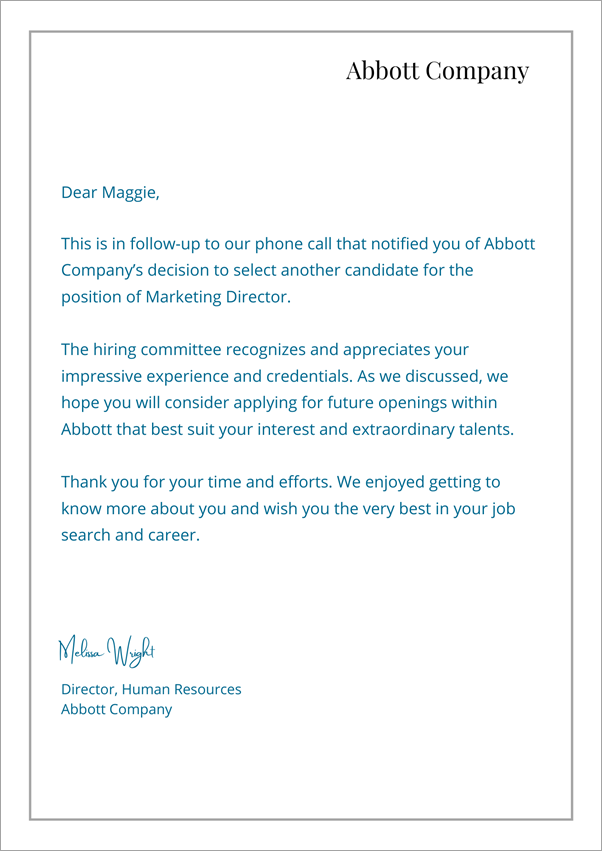

Helpful tips as always Cathy. It’s so important, no matter what business you are in, to have good skills for communicating in writing and verbally.
Great tips as always, Cathy, and thanks for the mention. It’s truly amazing the level of hatred some people spew on public platforms.
You are most welcome, Sharon. I so admire your strength and doubt I could handle what you do on a daily basis, much less a lifetime.